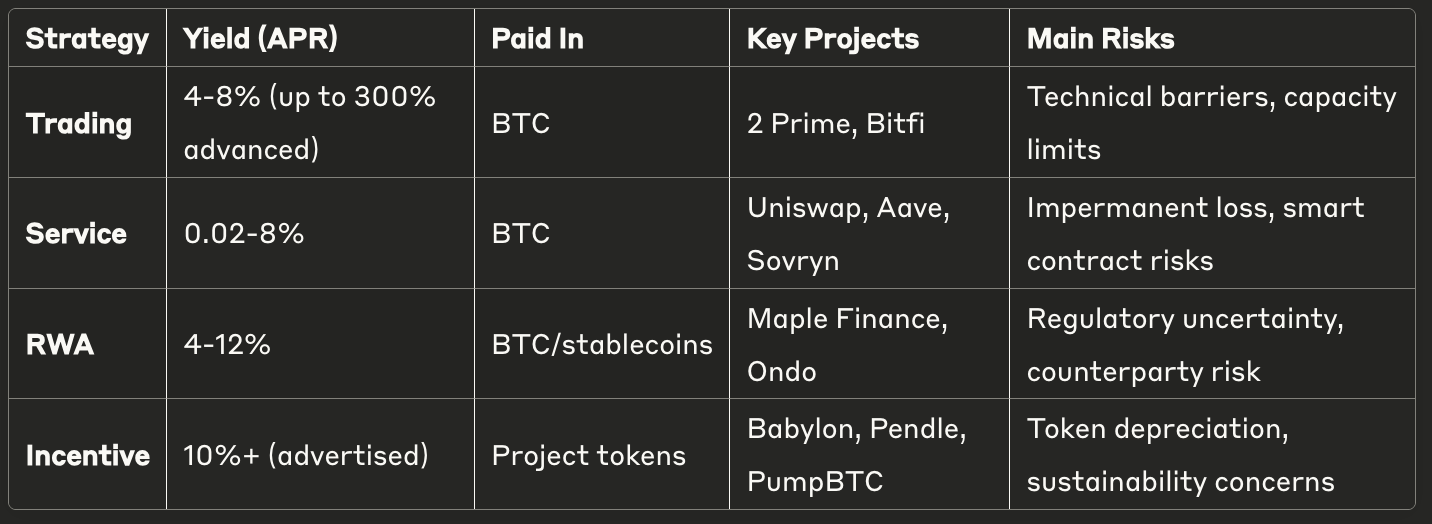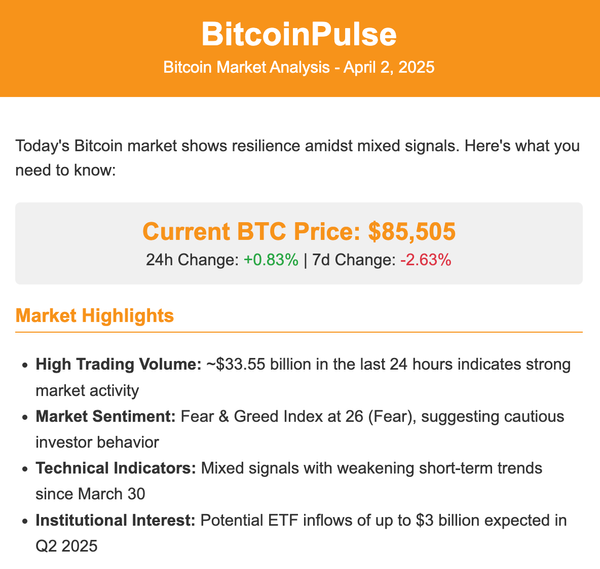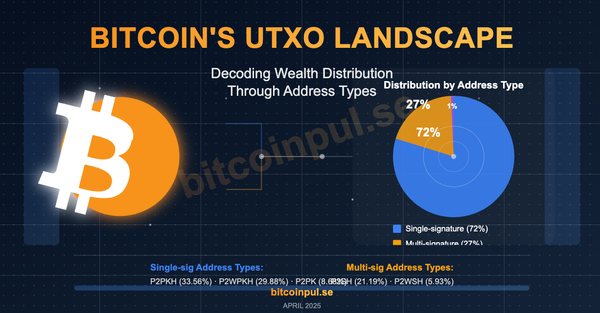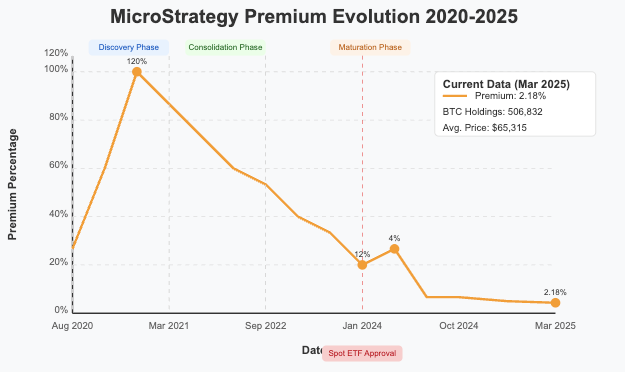The Bitcoin Yield Journey: From Illusion to Reality

Deciphering the Mist of Crypto Yields
In today's crypto market, "Bitcoin yield" has become a marketing buzzword. Investors are promised attractive returns but often find themselves entangled in complex financial products where distinguishing fact from fiction becomes challenging. This article aims to cut through the noise and help investors understand the reality behind BTC yields.
The Fundamental Question of Bitcoin Yield
When discussing Bitcoin yield, the first question we should ask is: What currency is this yield paid in?
This isn't merely a question of denomination—it strikes at the very nature of the investment strategy. In the Bitcoin asset class, the choice of currency directly determines the risks and potential returns investors face.
If a product claims to offer "Bitcoin yield" but actually pays out in some newly created token, investors aren't just exposed to Bitcoin market volatility but also to the risk of that token potentially becoming worthless. This is why distinguishing between "yield paid in Bitcoin" and "yield paid in other tokens" is critically important.
Deconstructing the BTC Yield Market: Four Core Business Models
The Bitcoin yield landscape can be categorized into four distinct business models, each with its own risk-return profile, sustainability characteristics, and accessibility constraints:
| Strategy | Yield (APR) | Paid In | Key Projects | Main Risks |
|---|---|---|---|---|
| Trading | 4-8% (up to 300% advanced) | BTC | 2 Prime, Bitfi | Technical barriers, capacity limits |
| Service | 0.02-8% | BTC | Uniswap, Aave, Sovryn | Impermanent loss, smart contract risks |
| RWA | 4-12% | BTC/stablecoins | Maple Finance, Ondo | Regulatory uncertainty, counterparty risk |
| Incentive | 10%+ (advertised) | Project tokens | Babylon, Pendle, PumpBTC | Token depreciation, sustainability concerns |
1. Trading-Based Yield: Capturing Market Inefficiencies
Business Model: Exploiting price discrepancies and inefficiencies in the market for arbitrage opportunities.
Yield Sources: Price differentials, funding rates, basis trading, cross-exchange arbitrage.
Typical Examples: Market makers on centralized exchanges, professional quantitative trading teams.
Yield Range: Market-neutral strategies typically generate 4-8% APR, while high-frequency or more aggressive strategies can reach multiples of these figures.
Real-World Case: One market maker achieved a 6.7% quarterly return (approximately 27% annualized) in Q1 2024 through funding rate arbitrage strategies, while maintaining a maximum drawdown of just 0.9%.
Core Challenges:
- High technical barriers requiring specialized teams and advanced infrastructure
- Clear capacity limitations on strategy scalability
- Intense competition continuously compressing profit margins
While this yield is genuine and reliable, it remains largely inaccessible to retail investors. For institutions, it represents a zero-sum game rather than a sustainably scalable business model.
2. Service-Based Yield: Providing Liquidity
Business Model: Supplying essential liquidity for various crypto financial services in exchange for fees or interest.
Yield Sources: Exchange liquidity fees, lending interest, option premiums.
Typical Forms:
- DEX liquidity pools: Providing liquidity for trading pairs to earn transaction fees
- Lending platforms: Lending BTC to users requiring leverage or for other purposes
- Option writing: Selling BTC options to collect premiums
Yield Characteristics: Relatively stable but capped, typically declining as market participation increases. Currently, liquidity providers on decentralized exchanges earn between 5-8% APR, while lending rates remain dismally low at 0.02-0.5%.
Key Projects: Uniswap, Curve, and Thorchain for DEX liquidity provision; Aave, Sovryn, and Zest Protocol for lending and borrowing.
Structural Issues: As a hard asset, BTC naturally has lower utilization rates in the DeFi ecosystem compared to native tokens of smart contract platforms like Ethereum. On AAVE, approximately $3.286 billion of wrapped Bitcoin sits with a borrowing rate of just 0.02%, reflecting BTC's inefficient use in DeFi.
3. RWA-Based Yield: Bridging to Traditional Finance
Business Model: Connecting Bitcoin capital to real-world asset opportunities through tokenization and blockchain-based financial infrastructure.
Yield Sources: Traditional financial instruments, corporate bonds, real estate, trade finance, and other established yield-generating assets.
Typical Forms:
- RWA-backed loans: Bitcoin used as collateral for loans invested in traditional asset classes
- Tokenized debt: On-chain representation of corporate bonds or structured products
- Yield-generating RWAs: Revenue-sharing tokens tied to real business operations
- Private credit markets: Blockchain-based platforms for direct lending to businesses
Yield Characteristics: Moderately attractive and relatively stable, generally ranging from 4-12% APR depending on the underlying RWA class. Less volatile than pure crypto yields with different risk profiles.
Key Projects: Maple Finance, Clearpool, Centrifuge, Goldfinch, and Ondo Finance have pioneered the integration of RWAs with DeFi.
Case Study: A tokenized private credit fund focused on mid-market business financing generated consistent 7.2% APR for Bitcoin depositors in 2024, with quarterly distributions paid directly in BTC.
Risk Considerations:
- Regulatory uncertainty around RWA tokenization
- Oracle dependencies for real-world financial data
- Counter-party risk of underlying asset issuers
- Jurisdiction-specific legal challenges
- Custody and bridge security concerns
Despite these challenges, RWA-based yields represent a significant innovation in bringing traditional finance yield dynamics to Bitcoin holders, potentially offering more sustainable yield generation compared to purely crypto-native strategies.
4. Incentive-Based Yield: Ecosystem Subsidies
Business Model: Rewarding users with project tokens for participating in specific ecosystems.
Yield Sources: Project token issuance, token inflation, or investor capital.
Typical Forms:
- Staking rewards: Such as Babylon protocol using BTC to secure PoS chains
- Liquidity mining: Providing BTC as TVL to DeFi protocols
- Compound LSTs: Like Lombard, PumpBTC combining multiple yield sources
- Yield tokenization: Like Pendle's yield trading mechanisms
Key Projects: Babylon and BounceBit for BTC staking; Pendle and BadgerDAO for yield tokenization; various LST providers like Lombard and PumpBTC.
Yield Trap: These yields often display the highest APR figures (sometimes reaching double digits), but in reality, most or all returns are paid in new project tokens carrying extreme depreciation risks.
Sustainability Issues: These yields are essentially ecosystem subsidies, dependent on new capital inflows and token price appreciation. When market sentiment shifts, they can contract dramatically.
Building Sustainable BTC Yield: From Zero-Sum Games to Value Creation
A key insight is that truly sustainable BTC yield shouldn't rely on zero-sum games or temporary subsidies, but should stem from genuine value creation and service provision.
Market Gap: Leveraged Liquidity Management
There exists a notable gap in the market: how to maintain BTC exposure while providing reasonable yields and reducing DeFi-specific risks like impermanent loss?
Emerging projects like Yield Basis attempt to fill this gap through innovative mechanism design. Their core approach combines AMMs with leverage strategies, creating an "AMM nested within another AMM" structure and carefully designed rebalancing mechanisms to minimize impermanent loss risk.
Key Innovation: Changing the Yield Equation
In traditional liquidity provision models, yield primarily comes from trading fees minus impermanent loss:
Traditional APR = Trading Fee Revenue - Impermanent Loss
New-generation products attempt to transform this equation:
New Model APR = 2*Trading Fee Revenue - (Borrowing Cost + Rebalancing Loss)
By introducing controllable borrowing costs to offset uncontrollable impermanent loss, risk shifts from market volatility to manageable interest rates. This approach theoretically offers a more stable yield structure.
Case Study Analysis: Leveraged LP Strategy
One project demonstrated that over the past six months, a 2x leveraged BTC liquidity strategy achieved a 17.8% annualized yield while keeping maximum drawdown to 6.5%. This significantly outperformed direct BTC holdings in terms of volatility during the same period.
The RWA Opportunity: Scaling Beyond Crypto Limitations
The integration of RWAs presents a particularly promising avenue for sustainable BTC yield. Unlike purely crypto-native strategies that often face scalability constraints, RWA-based yields can tap into the much larger traditional financial markets.
For example, the global corporate bond market exceeds $13 trillion in size, offering ample capacity to absorb Bitcoin capital seeking yield. By creating secure and compliant bridges between Bitcoin and these established markets, next-generation platforms can potentially offer more sustainable yield sources that don't dilute as participation increases.
Investor Decision Framework: Four Critical Questions
As a Bitcoin holder considering any yield product, you should ask yourself these four questions:
- What is the yield paid in? - BTC or other tokens
- What is the risk structure? - Potential principal loss and stop-loss mechanisms
- How sustainable is the yield? - Will it dilute as TVL grows
- How transparent is the product? - Are strategy details and risks fully disclosed
Future Outlook: Institutionalization and Convergence
The Bitcoin yield market is experiencing four profound transformations:
- Professionalization of Risk Management: Moving from simple APR pursuit to comprehensive risk-adjusted return assessment
- Cross-Domain Convergence: Blending TradFi risk control concepts, CeFi user experience, and DeFi innovation mechanisms
- Increased Institutional Participation: Traditional financial institutions beginning to incorporate Bitcoin as a yield-bearing asset in portfolios
- RWA Integration Acceleration: Growing regulatory clarity enabling more seamless connections between Bitcoin capital and traditional asset classes
These trends signal the emergence of a more mature, transparent, and sustainable BTC yield ecosystem.
Project Spotlights: Notable Implementations
Babylon: Pioneering BTC Staking
Babylon enables BTC holders to stake their Bitcoin directly on its protocol, leveraging Bitcoin's security to support other blockchain networks. Yield comes from staking rewards, paid in BTC or potentially other tokens, as BTC secures validator operations on partnered chains.
Zest Protocol: BTC-Native Lending
Zest lets BTC holders lend their Bitcoin or use it as collateral to borrow stablecoins. Yield comes from lending interest (in BTC) or from deploying borrowed assets into other yield-generating opportunities.
Maple Finance: RWA Credit Markets
Maple Finance connects Bitcoin liquidity to institutional borrowers, creating a bridge between crypto assets and traditional finance. Their credit markets allow BTC holders to earn yield from real-world credit activities.
Pendle: Yield Tokenization
Pendle enables traders to secure fixed yields from principal - like a spot alternative, hedge against interest volatility, and access yield liquidity through long or short yield positions. The platform currently manages $444M in BTC TVL.
Conclusion: The Power of Informed Choice
Bitcoin, as a scarce hard asset, has fundamental properties that dictate that high yields inevitably come with high risks. There's no magic that can create high-yield products without corresponding risk.
Prudent investors should recognize this reality and find the right balance between direct holdings and yield pursuit based on their risk preferences and investment objectives. Most importantly, they must see through marketing hype to understand the true nature and risk structure of each yield product.
In this market filled with innovation but also riddled with pitfalls, knowledge and judgment remain the investor's most powerful tools. The emergence of RWA-based yield strategies adds an important new dimension to the Bitcoin yield landscape, potentially offering a more scalable path to sustainable returns for BTC holders who seek to put their digital assets to work.



